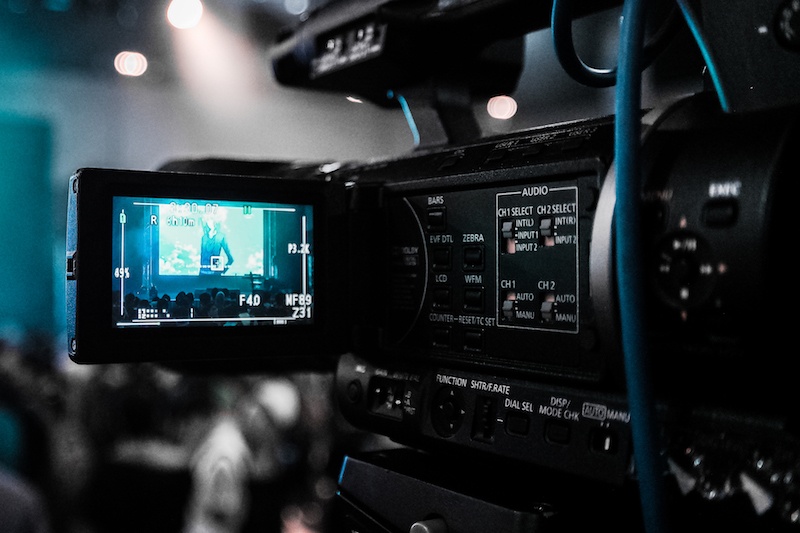According to statistics, Americans fear public speaking more than death, rattlesnakes and going to the dentist. Guess what else is up there on the list of things that terrify us? Watching ourselves on video. Most people avoid it like the plague; if we can muster up the courage to watch, we cringe at every tiny flaw or mistake that we see and hear. We tend to be much harder on ourselves than is our audience. You may see your mother's upper lip (or lack thereof), or think that you are in dire need of a shot of Botox to control your scowl, or think that you sound like a man - even though you are indeed a woman - but rest assured, the audience does not see you that way. And the audience is not nearly as aware of your nervousness as you think.
In our Excellence in Speaking® course, participants are up on their feet speaking in front of the group at least a dozen times with several of those presentations videotaped and then reviewed one-on-one with a Ty Boyd executive coach. We do not do this to torture you; we have found that watching yourself on video is one of the best ways to learn about yourself as a speaker and presenter.
Below are a few tips on watching yourself on video:
Your voice is going to sound different
Surely you've heard yourself in a voice message before, so this shouldn't come as a total shock. Sorry to tell you, but the tape doesn't lie - that is the way that you sound to everyone else. When you speak, the bones in your ears enhance deeper, lower-frequency vibrations and give you the impression that your voice is fuller, and has a bassier quality. But that's not the case when you hear yourself on a recording. Don't get too hung up on this - most people are used to hearing your voice. Regardless, you are the only one who will think your voice sounds odd.
Nerves
Your voice may have felt shaky while giving the presentation - but listen closely when you are reviewing the video - as an observer - can you really hear the shakiness? If you didn't know what was going on in your head (and stomach), would you have thought that you looked nervous? Probably not. If you were in the audience, would you have felt at ease with this speaker? Probably so. Once you get a sense of how you are perceived by the audience, you can focus on the tools that you can build, rather than imaginary flaws that aren't really standing in your way of becoming a better communicator.
Gestures
Gestures are supposed to add energy and show enthusiasm during a speech. You may think you are too animated or perhaps not animated enough, that's what the Ty Boyd coach is there for - to give you feed back while reviewing the video together. The beauty of watching your speech on video is that you can pause the video to discuss, and rewind to highlight what gestures added to the presentation and what gestures were a distraction. Watching the video a few times will help you align your body language with your words so that you can come across more persuasively.
Speakers are not the only ones who review video to improve their game. A huge part of the preparation for most sports teams is to review recorded games featuring their opponent to glean whatever they can heading into a match up. They look for tendencies, weaknesses, strengths - anything that will offer even the slightest advantage on game day. The same can be said for reviewing your speech on video. It's one of the best tools you have for personal growth as a communicator.
Taking your communication skills to the next level
While there are multiple places to get tips & tricks for public speaking, we believe hands-on-training is the way to truly master public speaking. If you are looking for proven techniques for preparing and delivering effective presentations; greater confidence in your presentation skills ability; and new tools for effective communication look no further. Excellence in Speaking Institute, our signature course, provides all of the above and each attendee also receives an individualized game plan for how to further improve and enhance their skills after the course.


